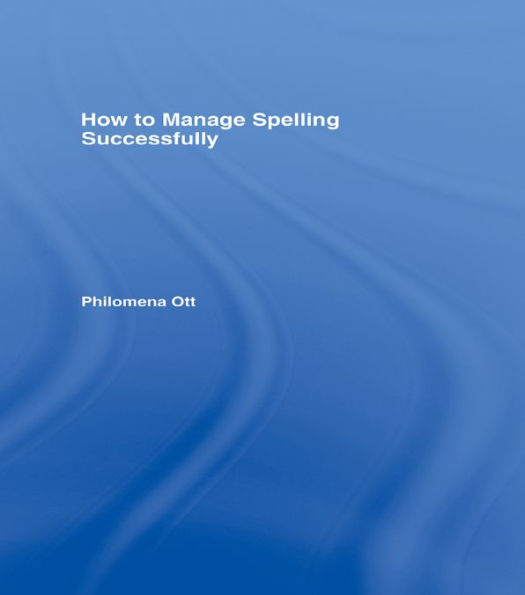Readers will find this practical and comprehensive guide to spelling invaluable. Day-to-day advice on how to help those with difficulties is underpinned by information on the development of the English language and its spelling rules with explanations of common language problems. Chapters cover:
- spelling processes
- teaching and learning phonics
- individual cognitive and learning styles
- assessing and monitoring spelling progress
- teaching strategies and techniques.
This is an essential companion for teachers, SENCos, and dyslexia specialists alike, as well as anyone interested in spelling and language difficulties.
Readers will find this practical and comprehensive guide to spelling invaluable. Day-to-day advice on how to help those with difficulties is underpinned by information on the development of the English language and its spelling rules with explanations of common language problems. Chapters cover:
- spelling processes
- teaching and learning phonics
- individual cognitive and learning styles
- assessing and monitoring spelling progress
- teaching strategies and techniques.
This is an essential companion for teachers, SENCos, and dyslexia specialists alike, as well as anyone interested in spelling and language difficulties.

How to Manage Spelling Successfully
352
How to Manage Spelling Successfully
352eBook
Related collections and offers

Product Details
| ISBN-13: | 9781134171323 |
|---|---|
| Publisher: | Taylor & Francis |
| Publication date: | 04/08/2014 |
| Sold by: | Barnes & Noble |
| Format: | eBook |
| Pages: | 352 |
| File size: | 7 MB |
